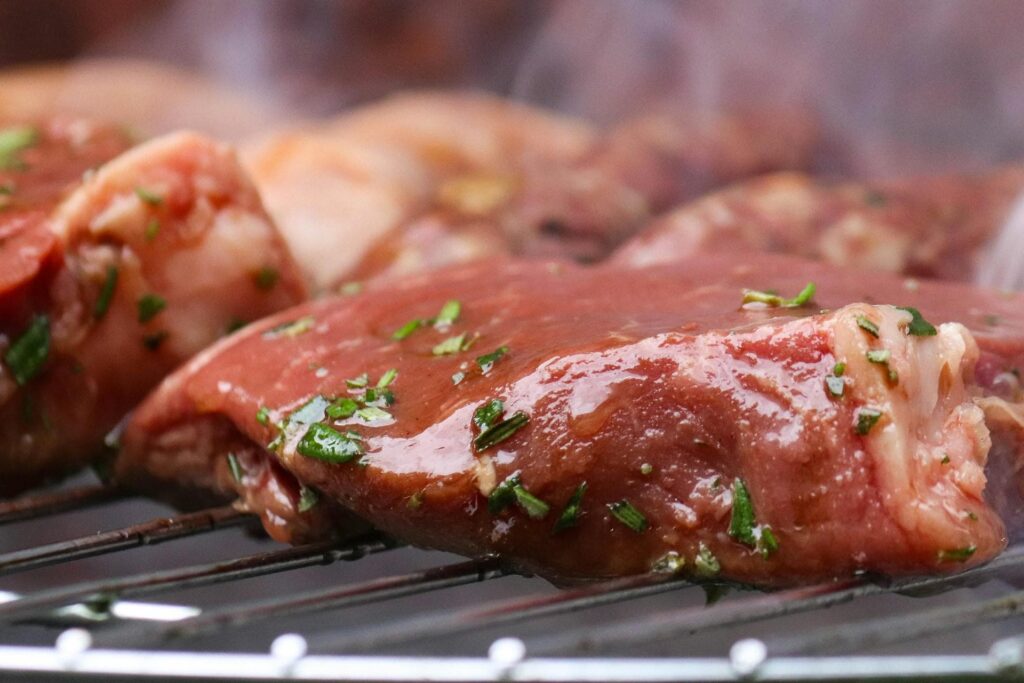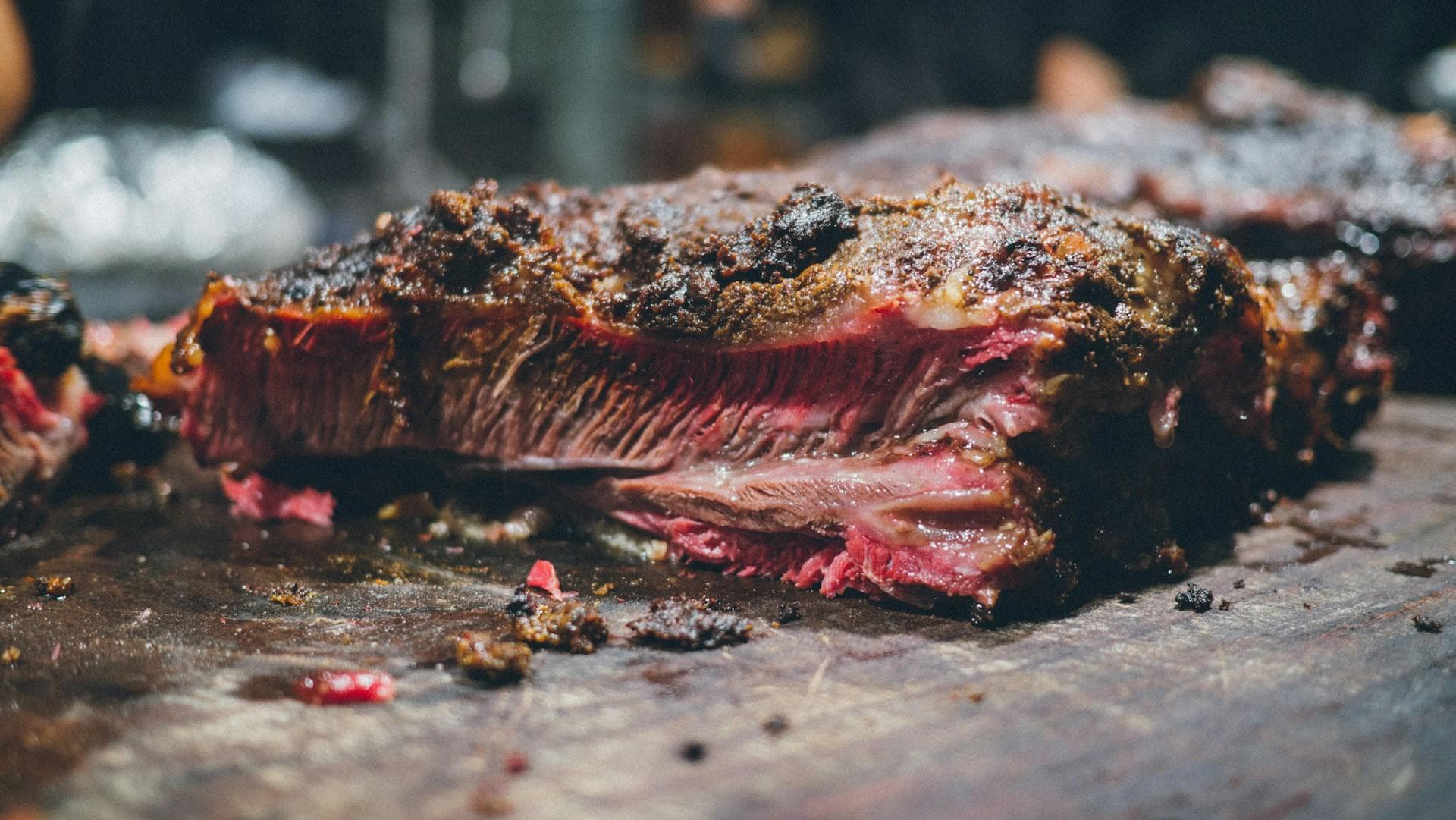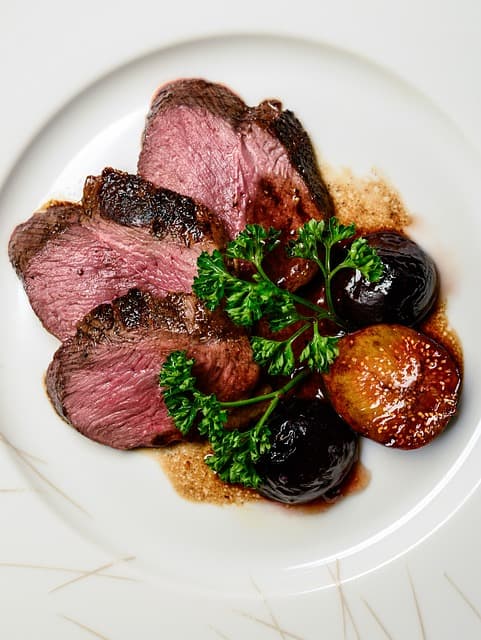When people look for smoked meat recipes, they usually imagine tender brisket or juicy ribs packed with rich aroma. Smoking is more than just a cooking style. It is a blend of patience, knowledge, and tradition. Understanding how to smoke meat means learning the fundamentals of wood, temperature, and flavor control. A good smoking meat guide starts with exploring different smoking meat techniques, each bringing its own charm to the table.
Natural Smoking Methods and Their Appeal
For centuries, traditional meat smoking has been part of culinary heritage across many cultures. Natural smoking methods use wood logs or chips to create authentic smoke that penetrates the meat slowly. Choosing the best wood for smoking meat makes a huge difference. Hickory delivers strong flavor, applewood adds sweetness, and mesquite creates bold intensity. The smoke is as much an ingredient as the meat itself.
Using a Homemade Meat Smoker
Not everyone owns a professional smoker, but smoking meat at home is possible with creativity. A homemade meat smoker can be built from a grill, a box, or even a converted barrel. The key is controlling airflow and temperature. Smoking meat for beginners often starts with smaller cuts like chicken wings or sausages to practice managing heat before moving on to large smoked beef brisket.
Liquid Smoke Recipes and Shortcuts
Sometimes natural wood is not available, or time is limited. This is where liquid smoke recipes come in handy. A few drops in a marinade or sauce bring a hint of smokiness without long hours of cooking. While purists prefer fire and wood, liquid smoke can enhance easy smoked meat recipes for weeknight dinners.
Techniques for Different Cuts and Cooking Styles
Each type of meat responds differently to smoke. Smoking meat techniques vary depending on fat content, cut size, and cooking method. A careful balance between smoke exposure and tenderness determines the result.
Hot Smoking Meat vs. Cold Smoking Meat
Hot smoking meat is the most common approach. The meat cooks and smokes at the same time, usually between 200 and 300°F. This makes it ideal for smoked chicken recipe variations or smoked pork ribs. Cold smoking meat, however, operates at much lower temperatures. Instead of cooking, the smoke infuses flavor over hours or even days. Bacon, ham, and cheese often undergo cold smoking for preservation and taste.
Smoked Beef Brisket and Pork Ribs
Few smoked meat recipes are as famous as brisket. A smoked beef brisket requires long, slow cooking with low heat. The connective tissues break down over time, turning tough meat into buttery slices. Smoked pork ribs follow similar rules, though they can be ready in less time. A smoked meat marinade with vinegar, spices, or mustard ensures the ribs absorb both flavor and tenderness.
Smoked Chicken Recipe Variations
Chicken is versatile and forgiving. A smoked chicken recipe can include whole birds, thighs, or wings. Brining the chicken before smoking keeps the meat juicy. Adding herbs, citrus, or spices to the brine layers flavors beneath the smoky surface. Compared to beef or pork, poultry requires shorter smoking times, making it perfect for smoking meat for beginners.
For readers who enjoy exploring guides beyond the kitchen, there are also interesting resources dedicated to entertainment and lifestyle reviews, such as https://casinosdeargentina.com/bonos/sin-deposito/, which covers no deposit bonuses and helps users discover reliable platforms. Just like food lovers search for the best smoky flavors, players look for trusted recommendations in their own field of interest.
Barbecue Smoking Tips for Consistency
Achieving the perfect balance comes with experience. Some barbecue smoking tips include keeping a steady airflow, avoiding too much smoke, and letting the meat rest after cooking. Resting helps juices redistribute, ensuring tenderness. Using a food thermometer avoids undercooking or drying out the meat.
List 1: Popular Cuts for Smoking Meat
- Beef brisket, pork ribs, and pork shoulder
- Whole chicken, thighs, and wings
- Turkey breast or legs
- Sausages and ham
- Fish like salmon or trout (for cold smoking meat)
Mastering Flavor and Marinades for Smoky Perfection

Flavor is the soul of smoking. The right combination of wood, seasoning, and marinade turns simple meat into unforgettable meals. A reliable smoking meat guide always highlights the importance of layering flavors from the very beginning.
Crafting a Smoked Meat Marinade
A smoked meat marinade does more than season the surface. Acids like vinegar or citrus tenderize, oils carry herbs and spices, and sugars caramelize during smoking. Adding a splash of liquid smoke recipes intensifies the aroma for quick weekday dishes. For large cuts, marinating overnight ensures the flavors penetrate deeply.
Smoked Meat Flavor Tips
Flavor depends not only on what goes into the marinade but also on the smoking process itself. Here are a few smoked meat flavor tips to elevate results:
- Use fresh, dry wood chips for clean smoke
- Avoid over-smoking, which makes meat bitter
- Experiment with fruit woods for delicate meats
- Combine rubs and glazes for depth of flavor
List 2: Essential Smoked Meat Flavor Tips
- Match wood to meat type for balance
- Keep smoke thin and blue, not thick and white
- Maintain steady temperature throughout cooking
- Rest meat after smoking for tenderness
- Try mixing natural smoking methods with marinades
Easy Smoked Meat Recipes for Everyday Cooking
Not every smoked dish needs an entire day. Easy smoked meat recipes include smoked chicken wings, pork chops, or even vegetables. These options are ideal for busy cooks who still want that authentic smoky flavor. With the right approach, smoking meat at home becomes both accessible and rewarding.
Blending Tradition with Modern Creativity
While traditional meat smoking will always have its place, modern cooks experiment with marinades, international spices, and unique wood blends. Whether it is smoked beef brisket for a weekend feast or a simple smoked chicken recipe for dinner, creativity makes every dish stand out.


